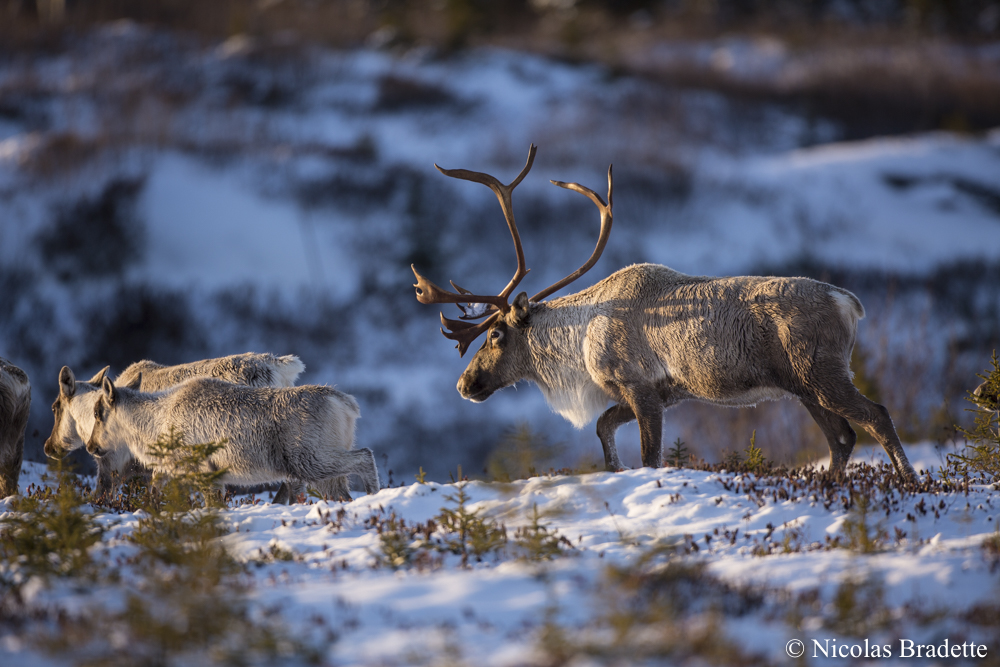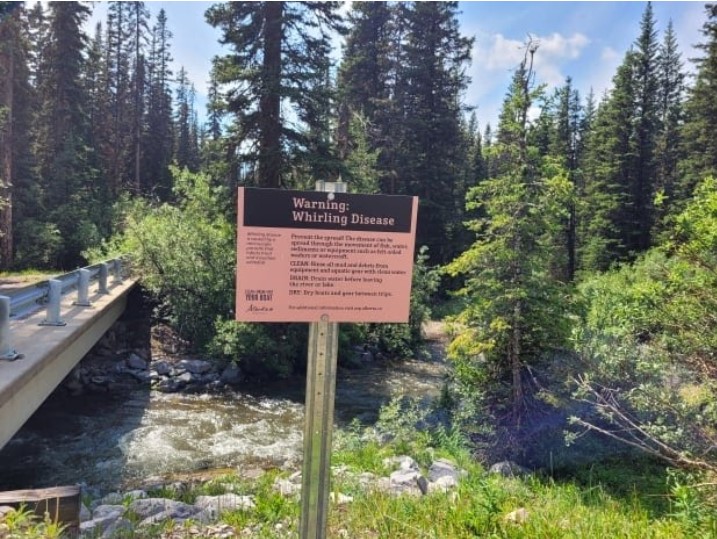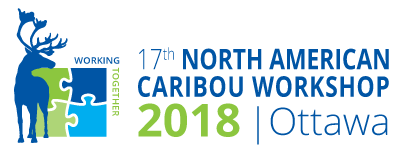2nd World Conference on Climate Change & Sustainability
Event
Event Date and Time
October 16th, 2023 at 8:00am to October 18th, 2023 at 5:00pm
Rome, RM
Organization
The World Conference on Climate Change & Sustainability (Climate Week 2023) is the annual gathering of climate leaders from the academic, business, public and nonprofit sectors, runs with this year’s...












